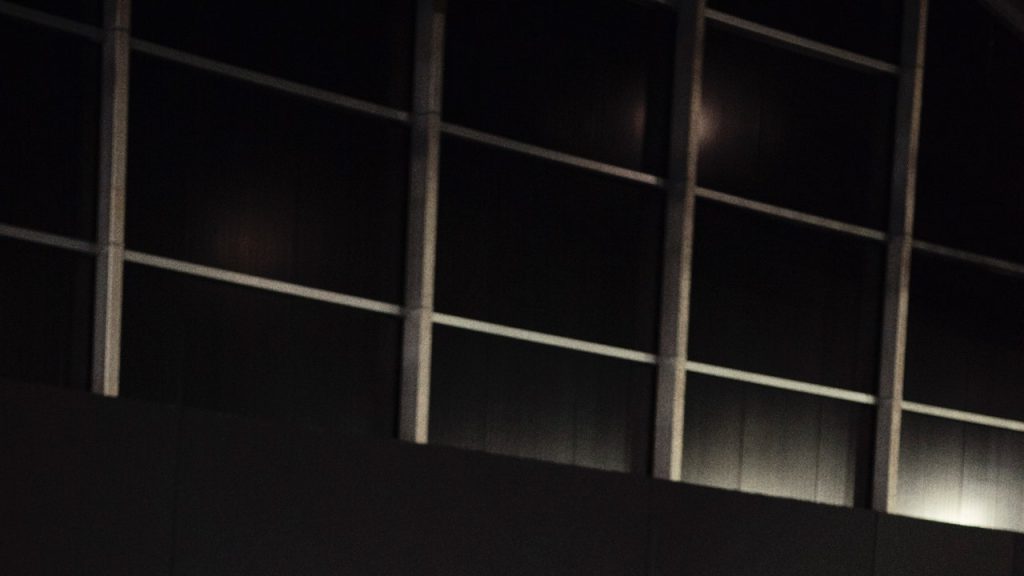The 2024 Paralympic Games began in Paris with a grand opening ceremony on the Place de la Concorde and Champs-Elysées. Unlike the Olympics, which featured well-known celebrities, the Paralympics put the spotlight on emerging talent. Designer Louis Gabriel Nouchi was commissioned to create the wardrobe for the event by Daphné Bürki, stylist and costumes director of Paris 2024. Nouchi, known for his focus on inclusivity in fashion, embraced the challenge of creating outfits that cater to a diverse range of body types.
The real challenge for Nouchi was not the amount of garments required, but ensuring that the clothes were suitable for the performance aspect of the event. With four months of work, four days of fittings, 150 dancers, performers, and extras, along with numerous costume changes, Nouchi created around 700 distinct looks. He emphasized the importance of focusing on the movement and dance when designing the costumes, as well as considering how they would appear from a distance on stage. Despite the scale of the project, Nouchi aimed to maintain the key elements of his brand, such as sharp tailoring and novel fabrications, while also incorporating sportswear elements and elevated techniques.
In dressing both dancers and performers, including artists like Christine and the Queens, Nouchi drew inspiration from the French flag with red, white, blue, silver, and gold colors, but avoided overly literal interpretations. The designer worked closely with each performer to ensure that the outfits met their specific needs and desires, whether it was about comfort, fit, or simply the opportunity to wear a well-fitted suit. Nouchi found it rewarding to see the emotional impact of his designs on the performers, with some expressing gratitude for having access to fashion that was made for them. Ultimately, his goal was to create clothes that people could enjoy wearing and that would reflect their individual dreams and preferences.
Nouchi’s experience designing for the Paralympics emphasized the importance of inclusivity in fashion and the impact that well-fitting clothing can have on individual experiences. By focusing on the unique needs and desires of each performer, Nouchi was able to create a wardrobe that not only looked visually striking on stage but also made the performers feel confident and comfortable in their own skin. The process of designing for the Paralympics was a reminder for Nouchi of the deeper meaning behind fashion – to create clothes that allow people to express themselves and enjoy wearing them, regardless of their physical abilities or limitations.
The Paralympics event showcased Nouchi’s ability to blend his signature style with the specific requirements of a large-scale performance. By incorporating elements like broad-shoulder tailoring, unique fabrications, and thoughtful adjustments for individual performers, Nouchi was able to create a wardrobe that not only aligned with his brand’s aesthetic but also catered to the diverse needs of the performers. The experience of designing for the Paralympics was not just about creating visually appealing outfits, but about fostering a sense of empowerment and inclusivity through fashion, showing that clothing can be a medium for self-expression and reflection of one’s personal dreams and aspirations.


